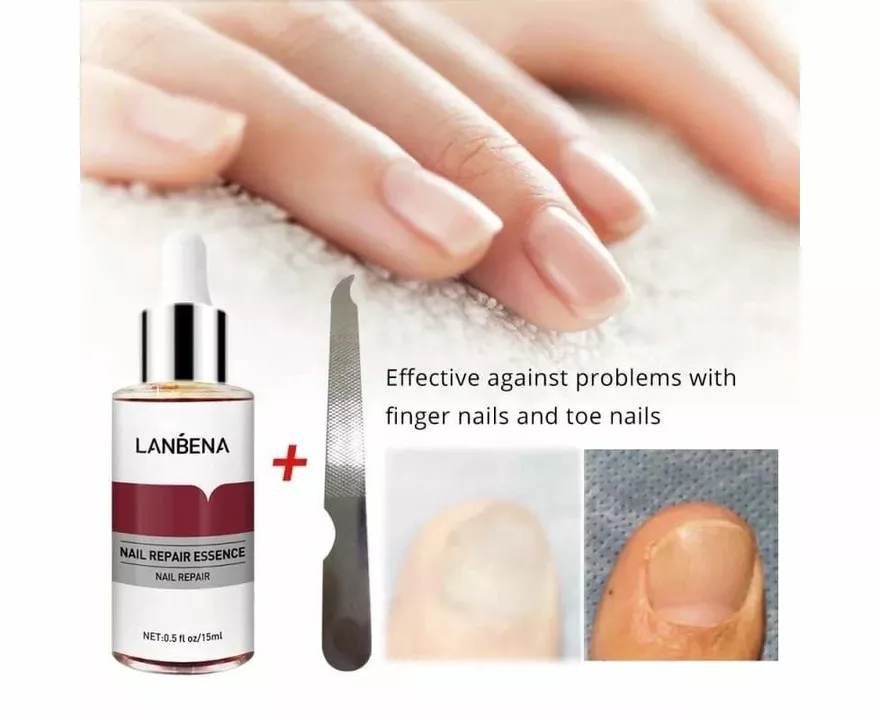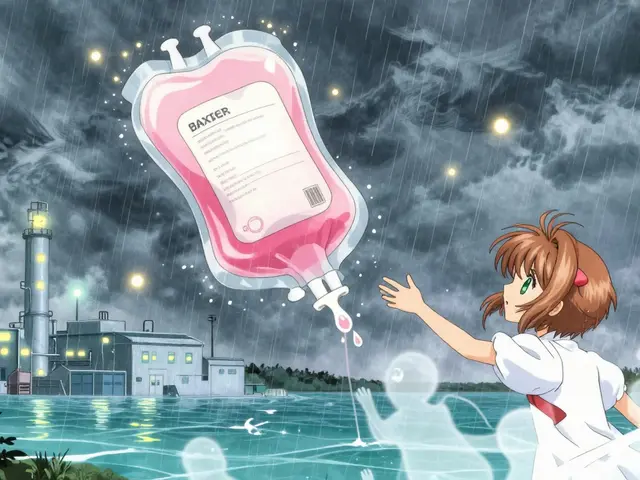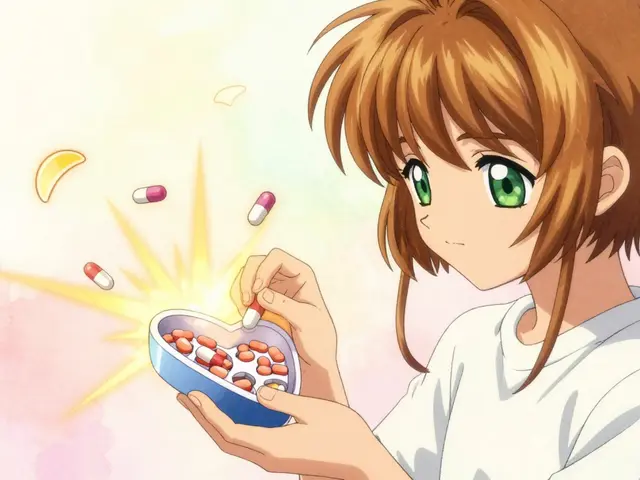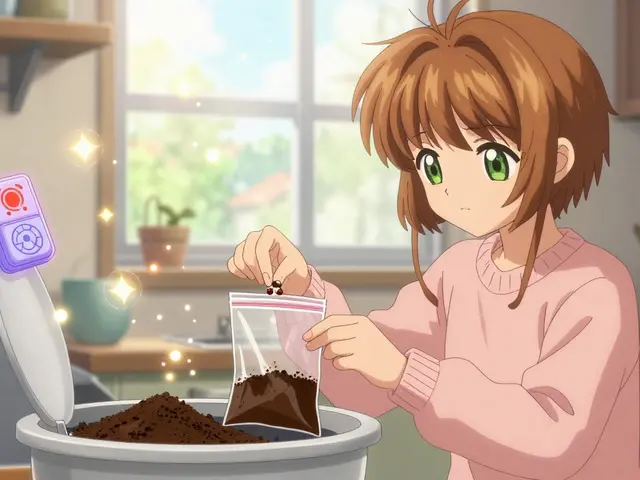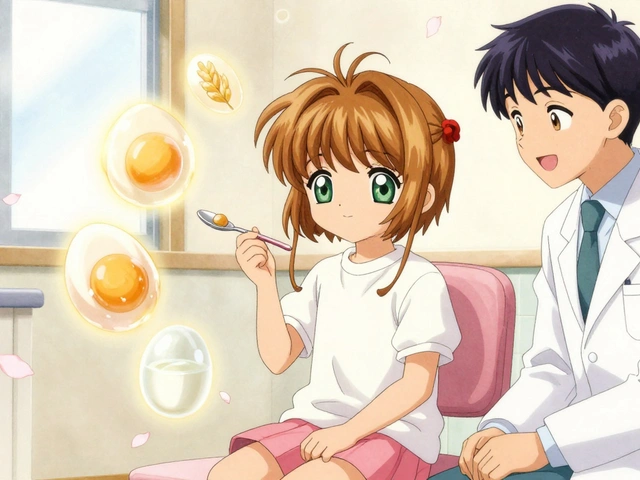Butenafine: What it treats and how it works
Butenafine is a topical antifungal you apply to the skin. People use it for ringworm (tinea corporis), jock itch (tinea cruris), and athlete's foot (tinea pedis). It stops fungus growth by damaging the fungal cell membrane, which helps clear the infection and ease itching, scaling, and redness.
This medicine works locally on the skin and is unlikely to cause bodywide effects. That makes it a good first choice for common, limited fungal infections. Still, proper use matters—skip anything that could slow healing like heavy creams or tight, damp clothing on the area.
How to use butenafine cream
Wash and dry the affected area before you apply the cream. Use a thin layer and gently rub it in. Most brands are applied once daily. Typical treatment times used by doctors are: jock itch about 2 weeks, ringworm about 2 weeks, and athlete's foot up to 4 weeks. Keep using the cream for the full recommended time—even if symptoms improve sooner—to avoid a comeback.
If you miss a dose, use it as soon as you remember that day and go back to your normal schedule. Don’t double up. Avoid getting the cream in your eyes, mouth, or genitals. If that happens, rinse with water and contact a healthcare provider if irritation continues.
Side effects, safety, and when to see a doctor
Most people only get mild local reactions: burning, stinging, redness, or itching where the cream was applied. These usually go away in a few days. Serious allergic reactions are rare but possible—look for widespread rash, swelling, or trouble breathing and seek immediate care.
Talk to a doctor before using butenafine if you are pregnant, breastfeeding, or treating a child. Also check with a clinician if you have diabetes, poor circulation, or a weakened immune system—those conditions raise the risk of more serious or spreading infections.
If the infection gets worse, spreads, or doesn’t show clear improvement after 2 weeks (or after the full course), see a healthcare provider. You may need a different antifungal, an oral medicine, or tests to confirm what’s causing the rash.
Storage is simple: keep the tube at room temperature and away from heat. Throw away any cream past its expiration date. If you’re buying medicine online, choose reputable pharmacies and keep copies of product details in case you need to check ingredients later.
Got a stubborn or unusual rash? Snap a photo and show it to your doctor or a pharmacist. For straightforward jock itch, ringworm, or athlete’s foot, butenafine is an effective, low-risk option when used correctly.
Butenafine for Nail Fungus: Is It the Right Treatment for You?
Nail fungus can be a stubborn and frustrating problem to tackle, but recently I've come across a treatment option called Butenafine. This antifungal medication has shown promising results in clearing up nail infections. However, it's important to consider any potential side effects and consult with a healthcare professional before starting any new treatment. For some, Butenafine could be the answer to finally getting rid of that pesky nail fungus. So, if you're tired of dealing with this issue, it might be worth looking into Butenafine as a potential solution.
Butenafine vs. clotrimazole: which is better?
As a copywriter, I've researched and compared butenafine and clotrimazole to determine which one is more effective. Both are antifungal medications used to treat various skin infections. From what I've gathered, butenafine seems to be more powerful and works faster than clotrimazole. However, it's crucial to consider individual factors and consult with a healthcare professional before choosing the right treatment. Overall, both medications have their pros and cons, and the best option will depend on the specific case and the individual's needs.

